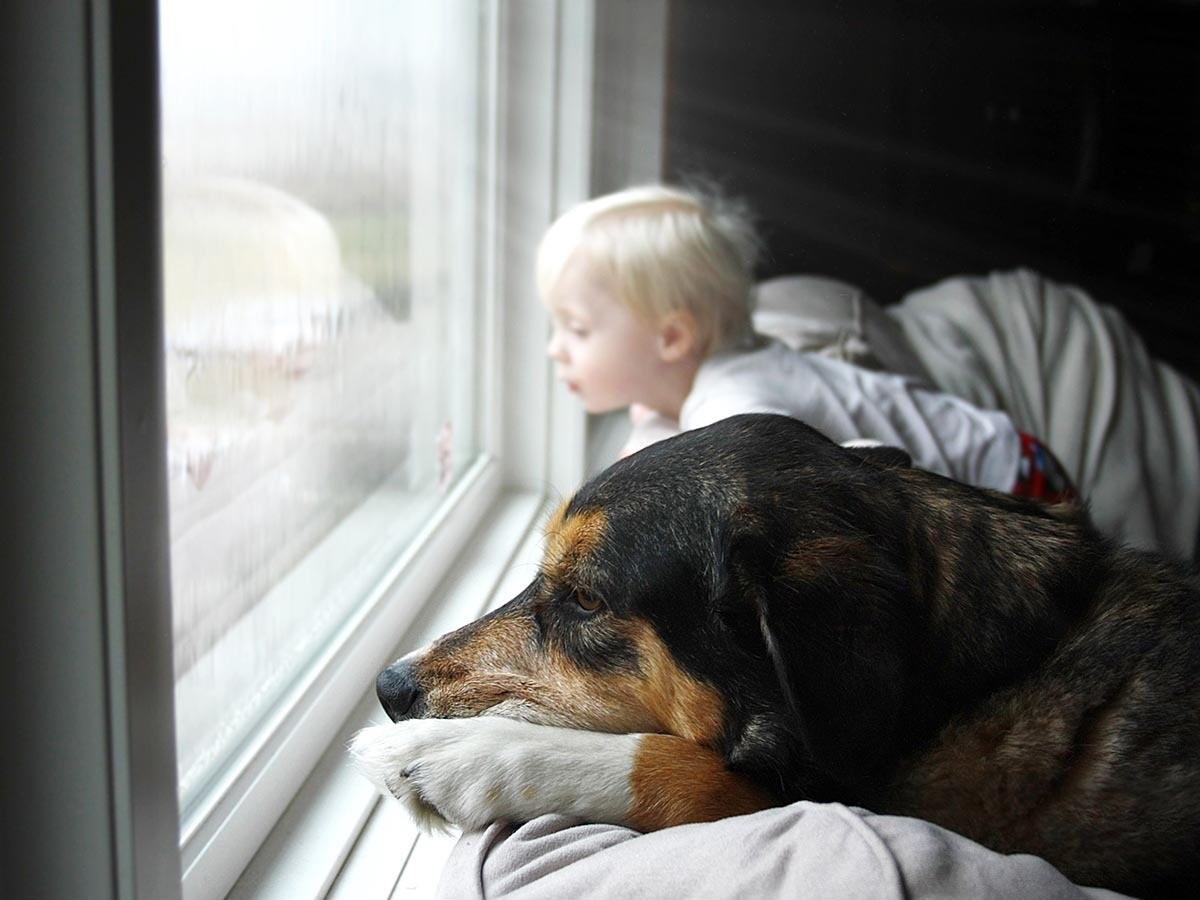Anxieties can tend to swirl when a big life change is impending, and a newborn on the way is no exception.
Here are 3 recommendations to make the process as smooth as possible for you and your dog ⬇️
1. Establish Clear Boundaries
Babies and young children can be unpredictable in nature in their movements. This is one of the most common reasons that dogs will struggle to adjust at first.
Your dog will need clear, established boundaries and spaces that allow them to get away from the commotion when they feel overwhelmed. This includes having (2) main boundaries for your dog, both with different use-cases:
A crate (a stationary boundary)
A raised cot to reinforce your dog’s “Place” command (mobile boundary that can be moved around the home)
Having the benefit of both (a stationary boundary, such as a crate, and a mobile boundary, such as a raised cot) will allow you to hold your dog accountable for resting and staying put in times that they feel on edge, likely to snap out of frustration, or insecurity.
2. Advocate For Their Space
Forcing your dog up to the newborn or allowing your baby to crawl up to them unannounced can pose risks if your dog isn’t comfortable with the invasion of their personal space. This is when you will usually see a dog show their teeth or air-snap to communicate discomfort.
Instead, allow your dog to become comfortable at their own pace. You want your dog to consent to the interaction as a whole so that they feel like they can choose to either a) interact or b) move away if the situation is becoming too much for them.
If you notice your baby getting too close, especially when your dog is enjoying one of their favorite toys or bones, step in immediately to not only keep your baby safe, but also so that your dog doesn’t create a negative association with this new member of your family.
3. Learn Your Dog’s Body Language
How will you know your dog is comfortable? Simply put: Pay attention to their body language.
Is the tail tucked?
Ears pinned back?
Lip licking?
Are they avoiding eye contact?
These fear/stress signals are all signs that your dog needs you to step in and mediate the situation.
When pushed, a dog that is exhibiting these signs is at risk of snapping, or worse, biting in the future if they feel that their language is not being understood.
If your dog looks relaxed and is not exhibiting these signs, they're more likely to have a safe interaction with your newborn. In the long run, that will help in building a positive relationship between the two.
In Closing
Your dog and your newborn can absolutely co-exist peacefully. If you follow the recommendations above, the chances of an outburst and risk of a negative interaction decrease, helping create a healthy relationship that you can be proud of.
You’ve got this! If you found this article helpful, reach out to us directly for next steps:
info@hopegablescanine.com
🐕✨

Nicolas Angione is the founder and head dog trainer at Hope Gables Canine, based in Fairfield County, CT. Inspired by his own dog's reactive journey and rehabilitation, he left his career behind to become a dog trainer. After years of shadowing other dog trainers in the industry, he started his own practice, which has successfully helped hundreds of dog owners, both domestic and abroad, regain peace and harmony with their dogs. Many of these success stories, dog training tips, and more can be found on their Instagram and YouTube pages.











